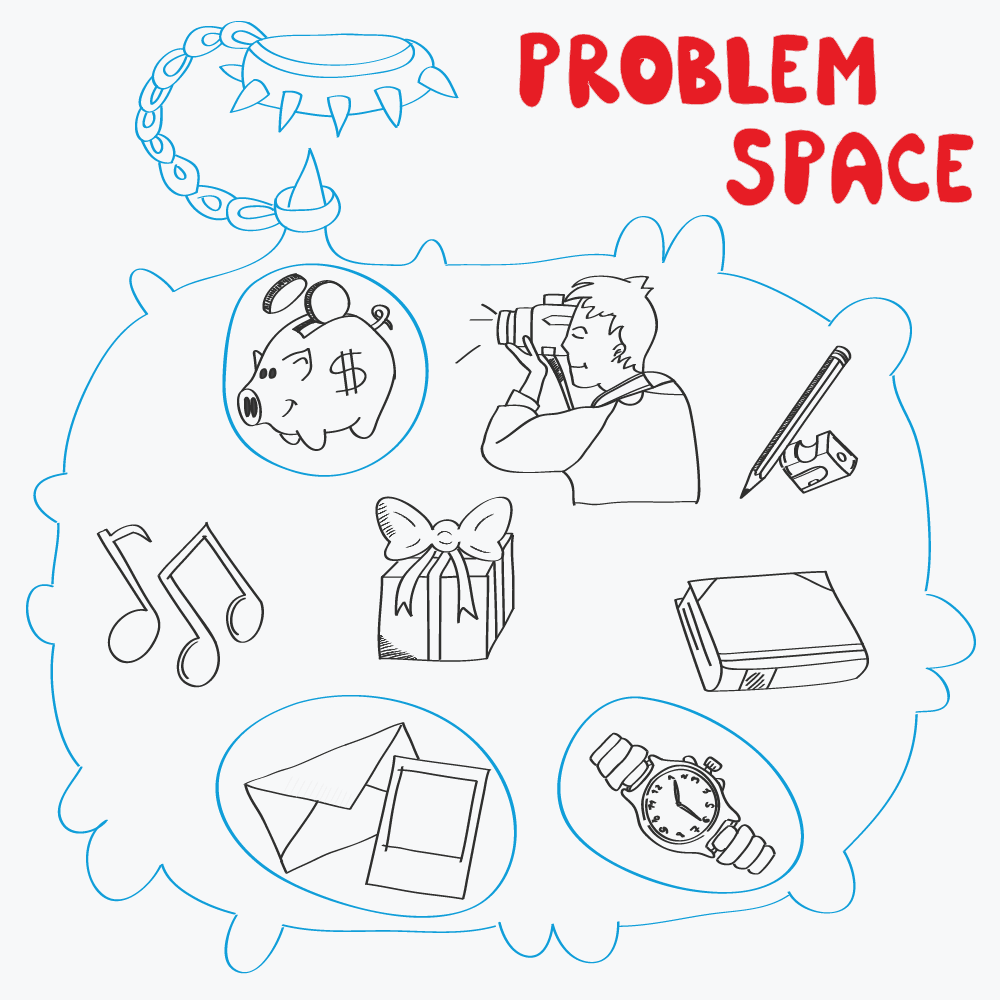Black Holes research
Why?
A desktop research on already existing knowledge on the subject helps the students create a deeper understanding of the problem in order to fill out their black information holes and move in the right direction with the further investigation.
How?
The teacher asks the students to draw the problem on a large piece of paper, including all concepts and artifacts that are linked to this space. Every time the students encounter a spot on their map where they need additional information in order to draw it, they spot it with a black marker. The resulting black holes on their map indicate the information that the students need to search for through desktop research on Google, at the library, in university databases or though social medias like Facebook or Twitter etc. Nevertheless, the students should keep in mind that not all information is reliable or valid (see literature for further information on how to evaluate secondary sources).
Tips
The students might also use other methods like observation or interview, when they need a deeper, human oriented, understanding to fill out their black information-holes. Hence, the method also works as a steppingstone for further investigation of the problem.
Literature
Glass, G. (1976) Primary, Secondary, and Meta-Analysis of Research. Educational Researcher, vol. 5, No. 10, pp. 3-8. Stewart, D. & Kamins, M. (1993) Secondary Research. Second Edition. Saga.

